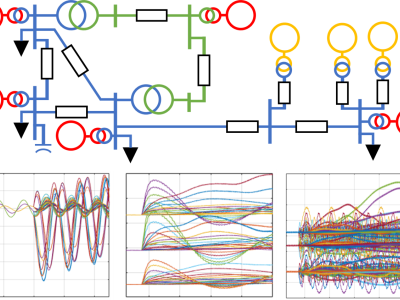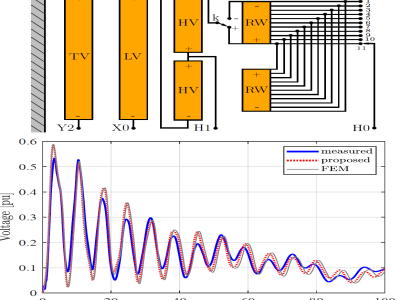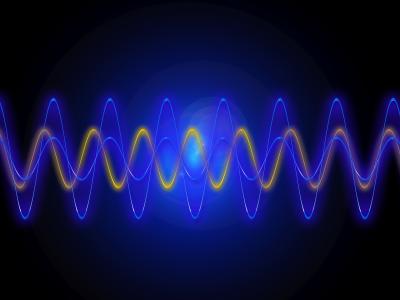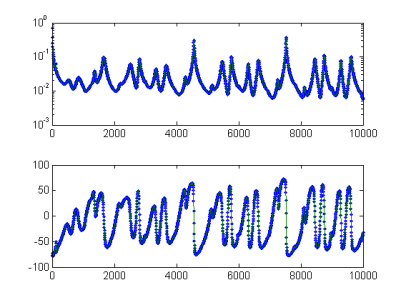
State-space representation is a practical, efficient and reliable way to evaluate the high-frequency interaction of a transformer with the power network under different types of disturbances. Currently, this representation is available in commercial electromagnetic transient programs; however, this important tool is not yet implemented in the alternative transient program ATP. This paper describes the implementation methodology of the state-space model of the power transformer in ATP using the Norton type-94 component and foreign models.
- Categories:




